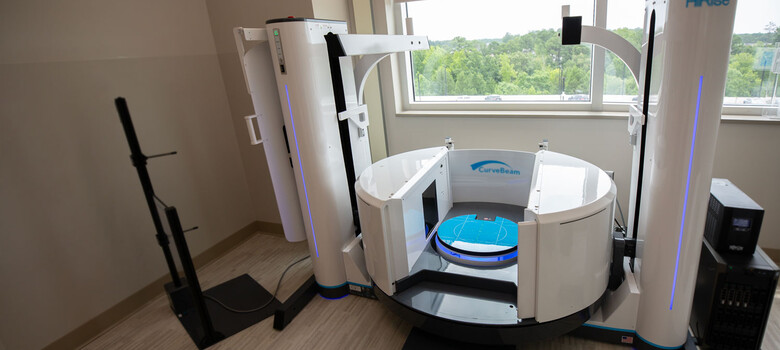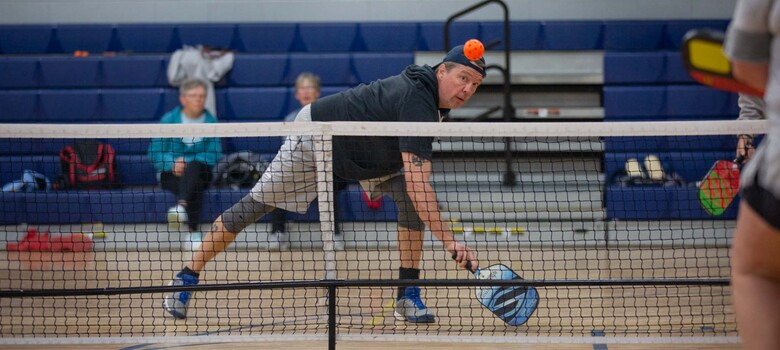Choose the Right Walking Shoes

Walking is good for your health, but it can be hard on your feet if you don’t wear the right shoes. Orthopaedic foot and ankle surgeon Karl Schweitzer, MD, explains the importance of choosing shoes that support your feet and how you can prevent problems from occurring down the road.
Walking Is Good; Ill-Fitting Shoes Are Bad
Studies show that brisk walking can lower your risk for heart disease, obesity, high blood pressure, high cholesterol, and diabetes. However, walking in the wrong shoes can make it painful for you to reap those benefits.
Ill-fitting shoes can impact how you walk, which can lead to chronic foot pain, cause old ankle injuries to flare, and result in knee and back problems, said Karl Schweitzer, MD, an orthopaedic foot and ankle surgeon at Duke. Shoes that are too tight or don’t fit properly can lead unnecessary discomfort and foot issues.
“When people come to me with foot problems, I always try to figure out how to first get them comfortable without surgery,” Dr. Schweitzer said. “That often starts with the shoes that they wear every day.”
Choosing the Right Walking Shoes
To ensure your shoes aren’t impeding your desire to walk for your health, Schweitzer offers these suggestions.
- Make sure the shoe fits. Many stores will help you choose the correct size and make sure it’s right for your foot shape, width, and arch. “Your toes shouldn’t feel like they are crammed into the shoe. Your heel shouldn’t slide,” he said. Aim for your shoe to have a half-inch of space from the tip of your toe to the end of your shoe.
- Support matters. Typically, shoes designed for walking are lightweight, breathable, and provide the right support. Walking in shoes with no support, like a flip-flop, for example, can lead to problems over time. Test your shoe’s support with a few twists and bends. “If you can bend your shoe in half, it’s probably too flexible,” Schweitzer said.
- Protect your ankles. People with ankle concerns should take additional steps to avoid future injury. If you are prone to ankle injury, choose a walking shoe that provides a good base, such as a high-top, which can act as a brace to stabilize your ankle.
- Your shoes won’t last a lifetime. “Most people don’t keep track of how many miles they put on their shoes,” Schweitzer said. “I tell people 400 miles, in general, is the lifetime of a shoe.” If you’re not sure how many miles you’ve put on your shoes, calculate your shoes’ years-of-use. “Don’t keep the same pair for more than five years,” he said. “The mechanical properties break down over time and they are no longer the shoe you first bought.” It’s also helpful to have two pairs of shoes and alternate between them.
- Take it slow. If you’re just starting a walking exercise program, take it slow. “Build up your miles and your speed gradually,” Schweitzer said.
- Vary your workouts. Although walking can be great exercise, our bodies need to rest and recover too. Cross-training, or choosing different forms of exercise every day, can prevent injuries. This way, you are not stressing the same joints over and over. If you like to walk, try to work in some other forms of exercise, such as biking, swimming, weight training, core work, stretching, or using training equipment such as an elliptical machine.
- Listen to your feet. If you experience pain or swelling, your feet are trying to tell you something. You may be doing too much, or you may need a different pair of walking shoes. If you experience sudden pain or pain that lasts over a period of weeks, it may be a sign of something serious. Contact your doctor if the pain stops you from participating in your daily activities.



